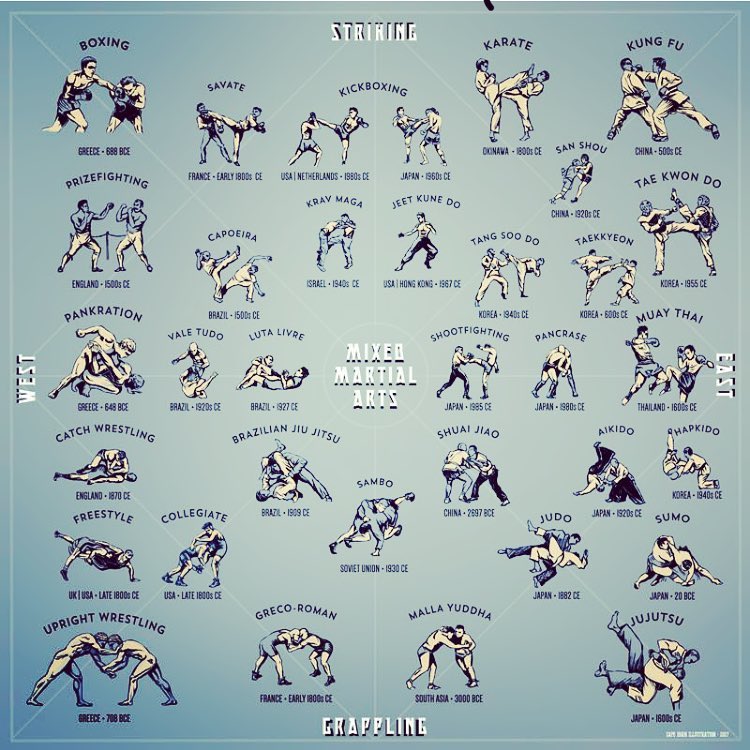The Worldwide Journey And Growth Of Martial Arts Throughout Background
The Worldwide Journey And Growth Of Martial Arts Throughout Background
Blog Article
Writer-Wilcox Matthews
Martial arts have an interesting background that extends centuries and continents. You may find it appealing exactly how ancient practices like Shuai Jiao and Kalaripayattu laid the groundwork for modern battle strategies. These techniques not only emphasize physical abilities yet additionally mirror the cultures that birthed them. As you discover their advancement, think about exactly how globalization has transformed these typical kinds right into hybrid styles. What impacts do you believe have formed today's martial arts landscape?
Ancient Martial arts: The Foundations of Combat
As you delve into the globe of old martial arts, you'll discover the rich foundations that formed fight methods across cultures. Very early techniques focused on Self-Defense and survival, usually integrating strikes, hurting, and weaponry.
In old China, as an example, methods like Shuai Jiao highlighted tosses and joint locks, while India's Kalaripayattu showcased agility and fluid motion. Japanese samurai developed Kenjutsu, a polished swordsmanship that highlighted discipline and technique.
These martial arts offered not just for fight but additionally as a means of personal advancement, instilling values like regard and determination. The blending of these techniques over time laid the groundwork for the diverse martial arts you see today, each showing the distinct ideologies and needs of its culture.
The Cultural Influence on Martial Arts Growth
While martial arts usually show the practical demands of a society, they likewise personify the cultural worths and beliefs of their beginnings. When you discover different martial arts, you'll notice how they're influenced by faith, ideology, and social norms.
For instance, the focus on regard and discipline in Japanese martial arts stems from Zen Buddhism and samurai culture. In contrast, Brazilian Jiu-Jitsu advertises versatility and strategy, shaped by the demand for effectiveness in a varied, multicultural atmosphere.
You may locate that the rituals, attires, and training techniques reflect a community's history and identification. By recognizing these cultural impacts, you deepen your gratitude of martial arts and their role in shaping human experiences across the globe.
Modern Adaptations and the Globalization of Martial arts
Martial arts have transformed considerably in current years, adjusting to modern culture and international impacts. You'll notice that typical forms have blended with modern-day strategies, developing hybrid styles like mixed martial arts. please click the next web page satisfy diverse audiences, making martial arts available and attractive worldwide.
With the rise of social networks and digital systems, you can find tutorials and competitions from all edges of the globe, damaging geographical barriers. This globalization has actually led to a common gratitude for numerous self-controls, from Brazilian Jiu-Jitsu to Taekwondo.
As black owned martial arts near me engage with these arts, you'll realize they're not practically combat; they promote physical fitness, discipline, and mental well-being.
Inevitably, contemporary adaptations have enriched the martial arts landscape, making it a vibrant and progressing method.
Conclusion
In discovering the background and evolution of martial arts, you reveal a remarkable blend of strategies, cultures, and viewpoints. From old self-controls like Shuai Jiao and Kalaripayattu to the contemporary adaptability seen in mixed martial arts, martial arts reflect humankind's mission for Self-Defense and individual growth. As you engage with these techniques, you not just get skills but likewise a much deeper admiration for the varied traditions that shape our globe today. So, continue your journey and accept the art of battle!
